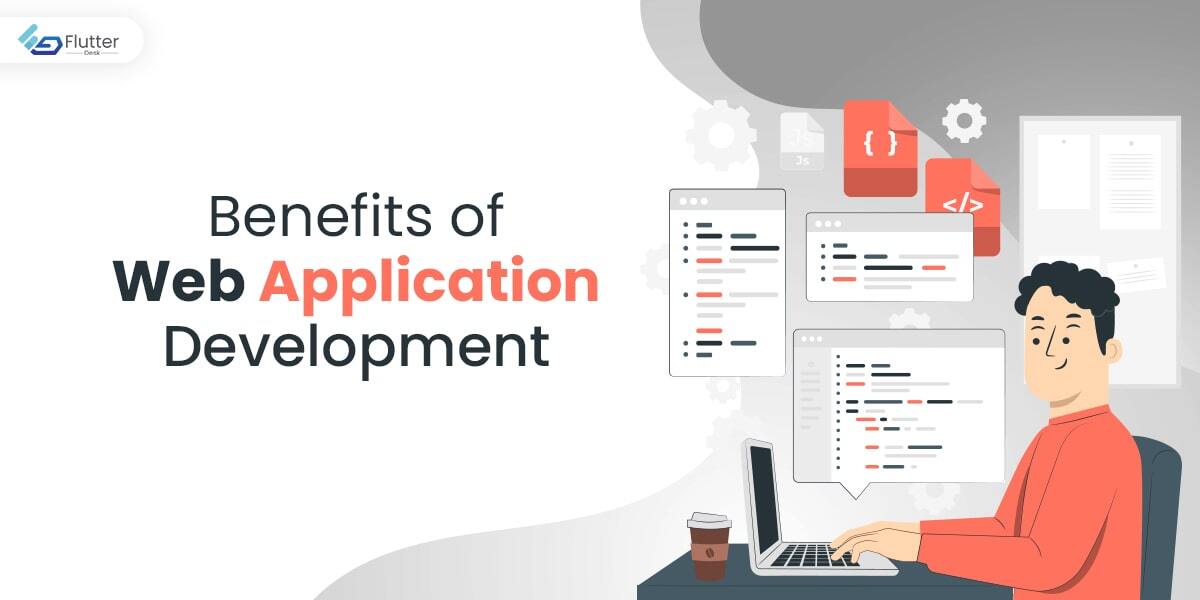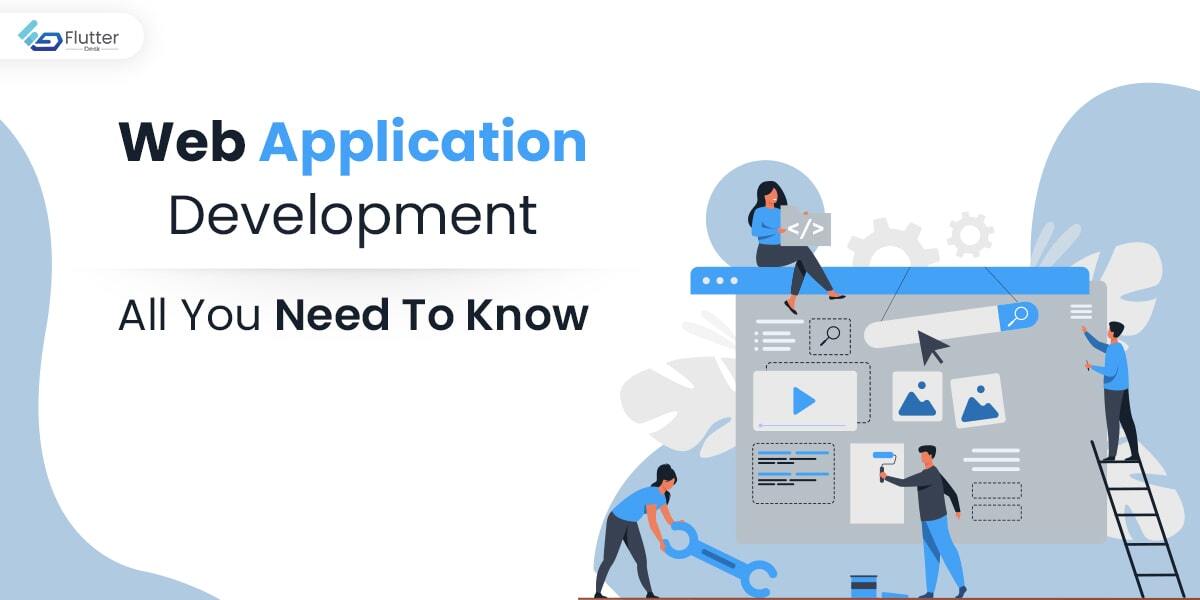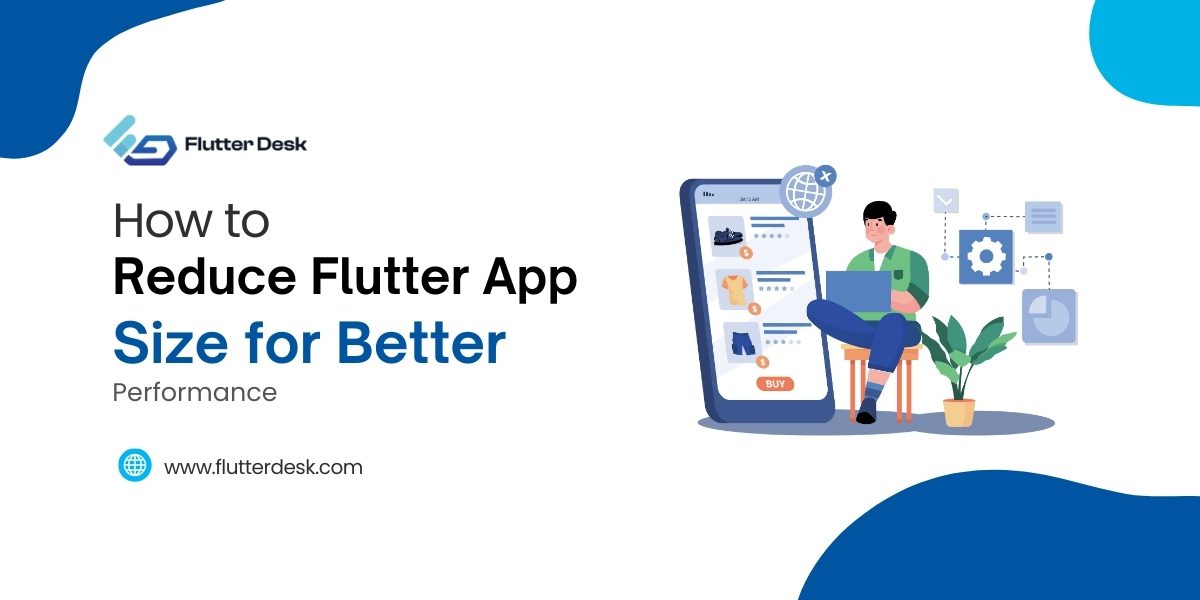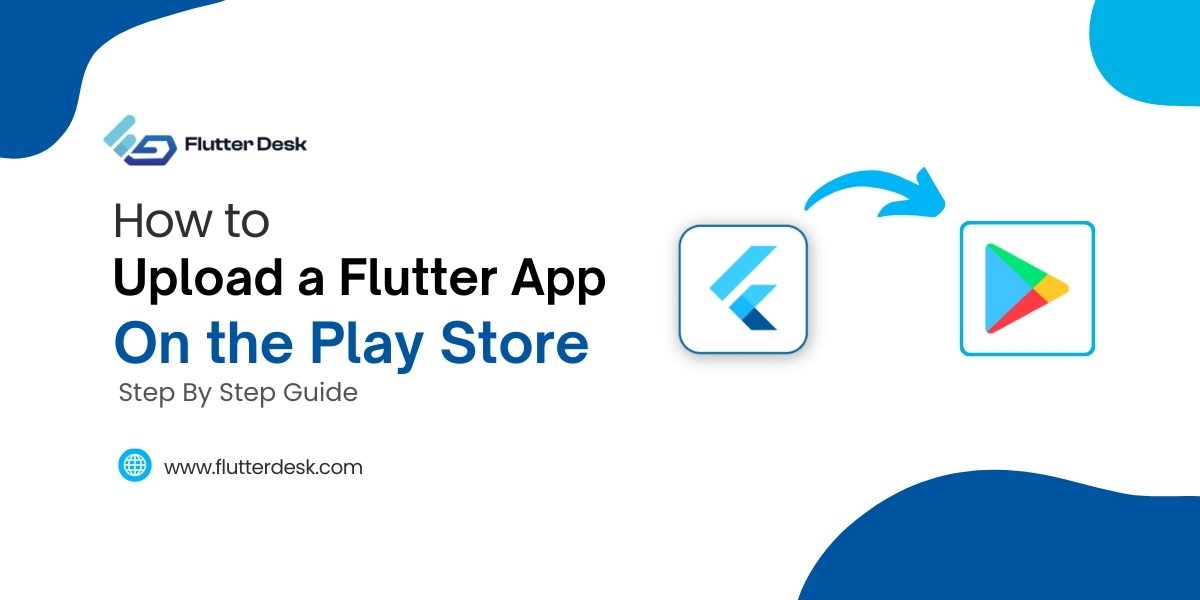Web application development has taken a huge spike in the last few years. It has now become more crucial for businesses to go online. Because these days, people prefer to perform most of their purchases, sales, and other stuff online. And when it comes to dealing with online platforms, a web application is a thing that can’t be left undiscussed.
Web application development has a vital role in running a successful business online. There are different mediums from which a business can leverage and sell its products or services online. These include mobile apps, desktop apps, web development, eCommerce store development, etc. Alongside all these mediums, a web application also has a vital role in outshining a business to its maximum potential.
There are different web application development companies offering a wide range of web application development services. You can rely on any web application development company or a freelance web application developer to get your app built. Choosing a web application development company could be a challenging task for you. But you can hire the right web application development company if you follow some proven ways.
What is a Web Application?
A web application is an internet-driven program that runs with the help of web browsers or web technologies. The data is stored on a remote server and you get to access web applications through web browsers, which usually a desktop or any mobile device comes with. These web applications are commonly eCommerce stores, webmail, online forums, text or photo editors, etc.
What is Web Application Development?
Web application development is the process of creating an online program that’s designed to work with a browser instead of being installed on a computer. This means that users can access them through a web browser without having to download anything. You can also access web applications through mobile phones.
How to Build Web Apps?

Building a web app has become more important for online businesses these days. Web applications have made online surfing smoother than ever. As you don’t need to install these apps, they offer a quick and reliable user experience. There are several steps that you can take to build successful web apps. These are as follows:
Idea Generation
Before you step into any of the most forwarded options, you need to generate a unique idea for your app that would benefit the user or solve any of their problems. The idea generation of your web app is the first and foremost step toward its success. As it is a one-time decision, you should give idea generation ample time to brainstorm properly. The idea of your web app should be unique and must not be outdated.
In idea generation, you should be doing comprehensive market research. You should analyze what common problems online users are facing these days. Owing to this, how possibly can you solve their problems? Think of an app that would help them pave out of the problematic situation they are in.
Moreover, it defines the functionalities of your app. What features and limitations will the web app have? Try to be as precise as you can. Adding more functionality doesn’t mean that you’ll have more visitors or users. It solely depends on how reliable your web app is. Try adding minimal but useful features to avoid flutter. Because having a lot of features in your app often creates jargon which reduces user retention.
Determine the Scope
Determining the scope of your app is the most important part of Flutter Web application development. You need to define each area of your app that it is going to have to avoid scope creep. Scope creep in web app development occurs when the project requirements change during the development. No matter if the changes are minor or major, these can impact the development process so badly. It has a direct impact on the cost and time of web app development.
So, determining the scope of your web app development project should be one of the first steps. It reduces the chances of app failure and facilitates a smooth and streamlined development process.
Craft the Design
The design of your web app is the most crucial part while building a web app. It defines how interactive and engaging users will feel while they use your app. We recommend you better sketch the design of your web app first. Figure out if the design seems feasible to you. Then you can move towards the implementation of that design.
While designing the UI of your web app, you need to consider buttons, widgets, drop-down lists, navigation, branding, forms, and other interactive design elements. Make sure the design elements are placed accordingly and well-arranged. In addition, you should also plan the workflow of your web app. This describes how the user will interact with your app. After launching your app, what screen will he see first, how will he sign in/out, how will he access the settings, etc
Start the Development
After you’re done crafting the design of your app, it’s time to move toward the development process. Choosing the right web app development company for your business is what matters at the start. If you choose a web app development company that perfectly understands your requirements and has the potential to meet them, half of your work is done.
A reputable web app development company values its clients the most. Clients often want app development companies to facilitate them from ideation to the development, launching, and post-launch support as well. A recognized and reputable web app development company would likely facilitate you from idea generation to development. Moreover, they will provide you with post-launch support as well.
In the development part, there exist three main stages. These are as follows:
- To build the database
- Building Frontend
- Building Backend
Launch the App
After going through all the pre-launch steps of web application development, it is time for the app launch. At this stage, you need to do two basic steps to get your app ready to be launched. The first one is hosting your web app and the other is deploying your web app.
Your web hosting requires three steps. These include: Buying a domain, buying and setting up an SSL certificate, and choosing a cloud provider.
To buy a domain, you can head over to any of the domain name registrars. These are Namecheap, GoDaddy, HostGator, Bluehost, etc. To buy an SSL certificate, any of the domain name registrars can offer it or you can buy it separately.
Lastly, you need to buy cloud services from any of the famous cloud service providers. Some of them include Amazon (AWS), MS Azure, Google Cloud Platform, etc.
After completing the web hosting for your web app, it’s time to deploy it. Web application deployment is the mechanism through which applications, updates, modules, and patches are delivered from developers to users. It involves how your web application gets from your computer to your cloud hosting provider. And that’s it. Get ready to launch your web app on the market.
Difference between Web Application and a Website
The major difference between a web application and a website is that the web application is particularly designed for specific end users to solve their problems or provide them with a facility. While a website is broadly reachable and is open for anyone to visit and see the content available on it.
A web application is a software program that you can access using a browser. The browser can be on a PC, laptop, tablet, or mobile phone. On the other hand, a website is a combination of multiple web pages that are accessible globally.
Normally, websites have users who scroll or click to view more information. Additionally, they may have to enter an email address or perhaps more personal information for online purchases. But, on the other hand, a web app optimizes the user experience (UX) so users can perform more actions.
Moreover, if you need to make any changes, you will need to re-compile and deploy the entire project. While on the other hand, you can make changes to the website by updating the HTML code or WordPress editor.
Benefits of Web Application Development

There are several benefits of web application development. Although other types of apps have their respective pros, here we are going to discuss the benefits of web application development. Interestingly, web application development has comparatively more benefits than mobile and desktop app development. Let us give them a quick look.
Cross-platform Compatibility
Unlike traditional software, web application development doesn’t require a user to install the app. The minimum requirement that a web application requires to run is a browser on any platform. And almost all devices that we use, i.e. mobile phones, tablets, PCs, and laptops, come with default browsers in them. In addition, we can install more browsers (chrome, firefox, opera, etc.) later on and use the web applications through them. So whether you are using a mobile phone, tablet, PC, or laptop, you can use web apps easily.
Easy to Manage
As you don’t need to install web apps on your devices, these apps require installation only on the server side. This reduces the efforts and hustles to deal with user-end issues related to responsiveness, performance, battery consumption, etc. Moreover, you can make changes on the web server quickly and easily if the client asks to.
Increased Security
With the increase in cyber threats, application development is at risk. Larger and more complex systems require more data storage and have separate systems and resources. In web application development, the risk of these security threats can be reduced. As web apps do not have much data to store, several security threats are minimized. During web application development, developers only have to store the data on the server side. It means that only developers and project contributors will get to know what the code looks like. This reduces the risk of getting hacking attempts because the consumers will not have any access to the data.
Cost Efficiency
The web application is the most cost-effective type of app development. It reduces the cost for both the business and the user-end both. It doesn’t require any high system requirements to run. Moreover, it requires less maintenance and support for the business to handle post-launch upshots.
Most Used Technology Stack for Web App Development
In application development, using the right technology stack is one of the major decisions to make at the start. It can help you scale your business to the next level due to the proper understanding between the developers and the technology they are using to build your app. If you choose a particular tech stack and ask developers to stick to it, then it may not turn out fruitful for your business. Giving creative freedom to developers is always a good initiative. It doesn’t necessarily mean that you cannot have the choice of choosing the tech stack.
To select the right technology stack for web app development, you need to consider two broad categories of web application development stacks. One is the frontend (client-side) and the other is the backend (server-side).
Frontend Web Application Development
In web application development, frontend development refers to the creation of the exterior of your project. It determines how your app is going to look like, and how users will make use of it. In other words, it is the creation of an experience that the user will undergo when the app is live.
There are three technology stacks mostly used for frontend web application development. These are:
- HTML
It gives vast control over the structure of information shown to a user in a web browser.
- CSS
It provides the styling of the data by controlling different parameters like fonts, layouts, and colors of text and background.
- JavaScript
JavaScript offers interactive web features to add to your web application.
There are several other technology stacks for frontend web application development. These include Angular, React, VueJS, Svelte, etc.
Backend Web Application Development
When it comes to backend web application development, the end-user has nothing to do with it. This means that developers need to pay keen attention while choosing the technology stack. Web developers must choose the right technology stack for the server-side because it makes them run properly.
In backend web application development, you need to select a programming language, a database, and a web server. The programming language is to write the code, the database to store the data, and web servers to process the requests.
The powerful technology stacks for backend web application development are;
- Node.js
- .NET
- Python
- Laravel
- MongoDB
- Java
- Express
Custom Web Application Development
Custom web application development is on the rise these days. Businesses are rushing toward building their web applications to enhance their potential for selling online. A custom web application can streamline your business to a considerable extent. This will help you excel in your business in the near future by implementing certain business strategies.
FlutterDesk does its best when it comes to custom web application development. Our team of highly qualified and well-trained web application developers is ready to shape your business through web application development services. Interestingly, our cost of web application development is quite affordable and pocket-friendly.
We work with our clients in a hand-holding way that suits every businessman. At FlutterDesk, we consider our clients as partners. We believe in building long-term relationships with our clients. This quality of ours has made us capable of earning the trust of many reputable companies around the globe. If you have any idea about an app or web app but don’t know how to develop aap you can hire flutter app developers You can have a look at our portfolio of work to have a clear demonstration of the expertise we offer.











